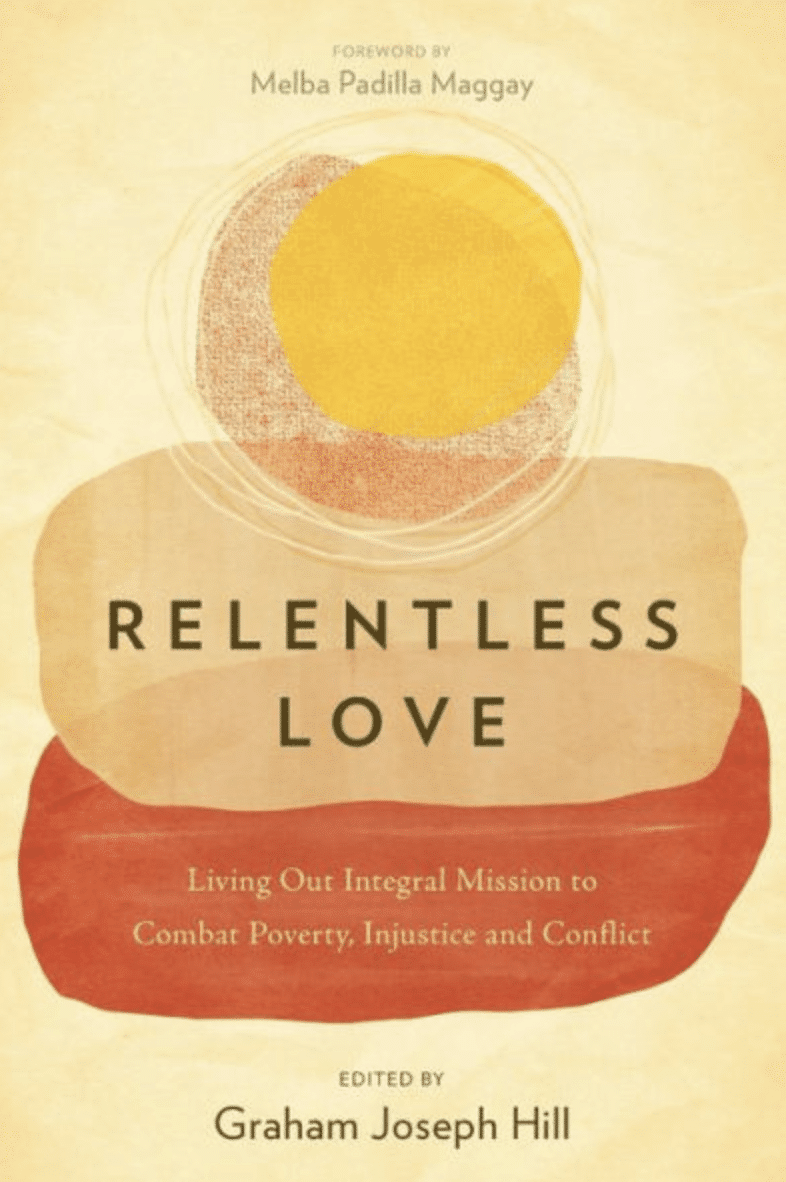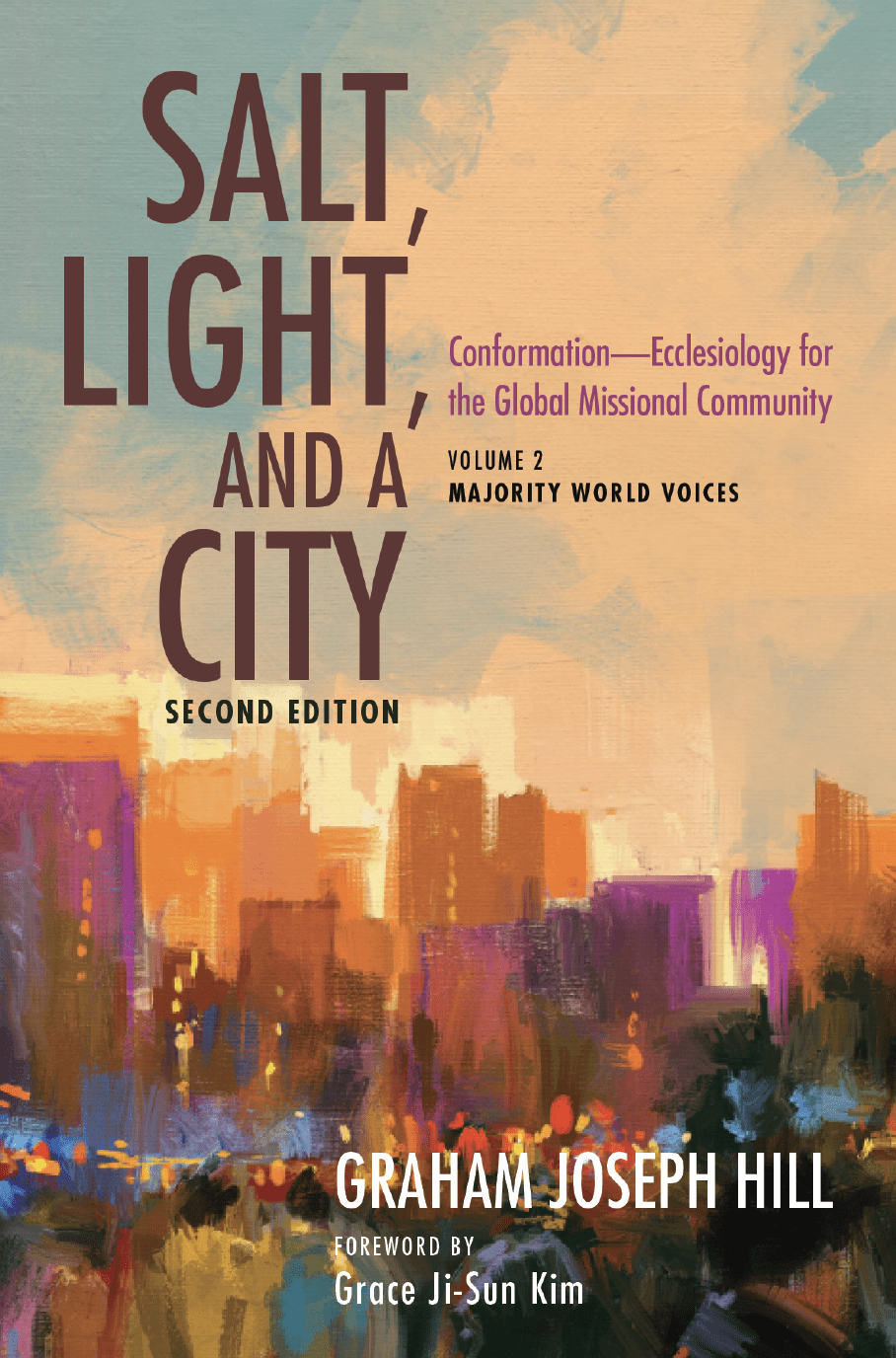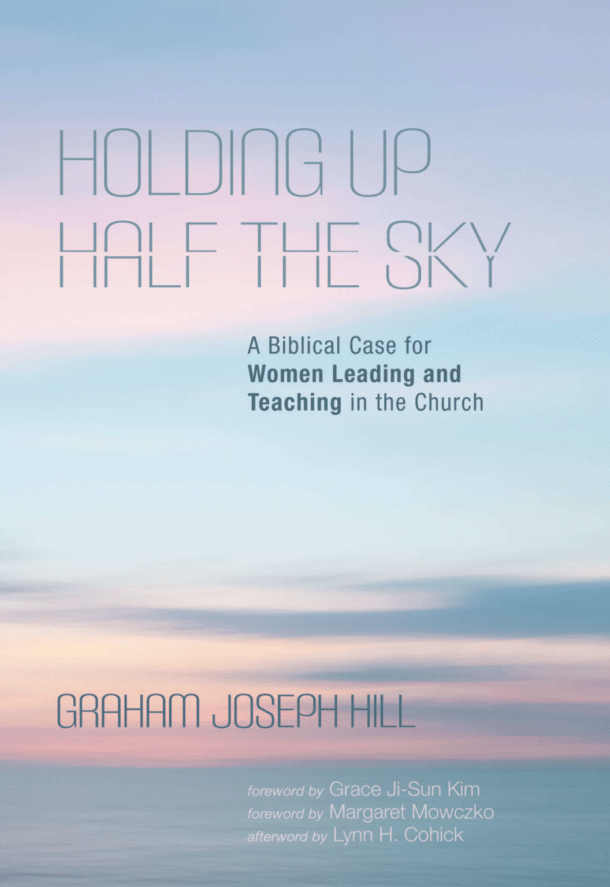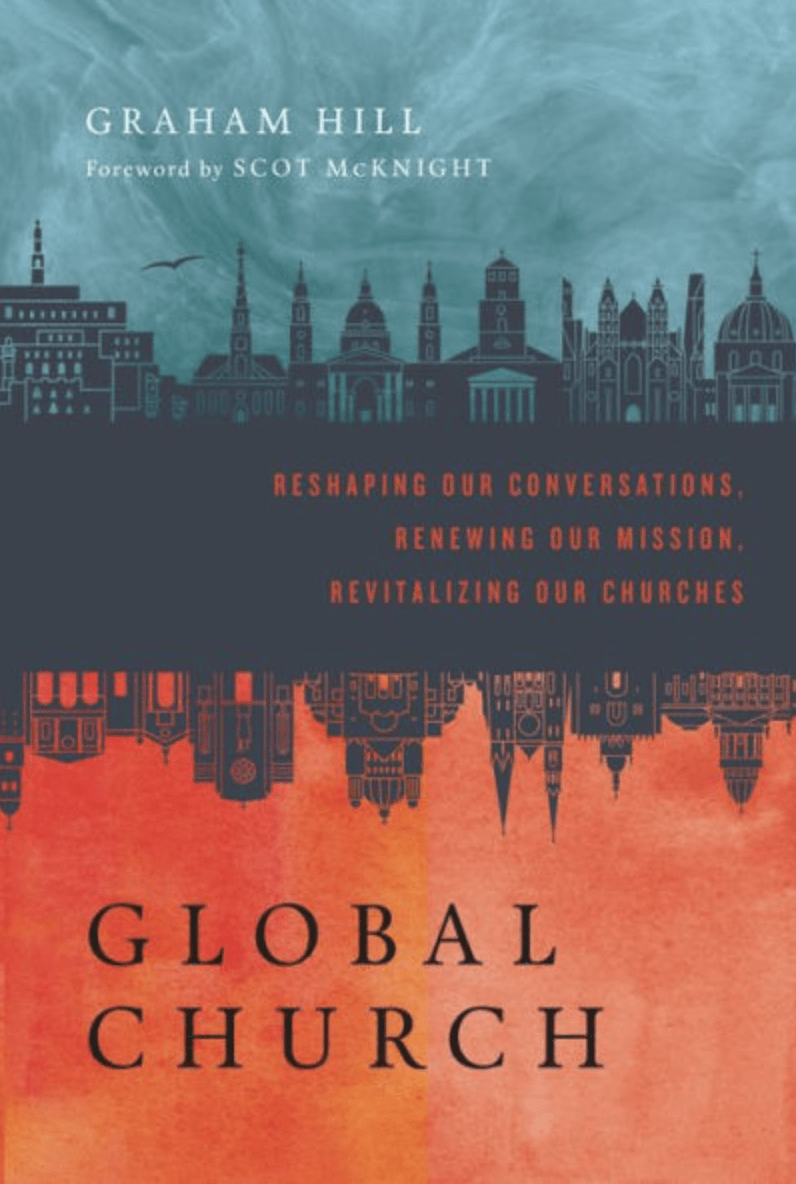
Charles Taylor’s “A Secular Age” is a landmark book in the philosophy of religion. It explores how Western societies transitioned from an age of almost universal belief in God to an era where faith is just one option among many. However, the book’s depth and breadth can make it challenging for those unfamiliar with philosophical discourse.
In this post, I offer the following:
(1) An introductory “reader’s guide.”
(2) An examination of the book’s strengths and shortcomings.
(3) A reflection on the book’s practical insights for Christians living in a secular age.
(4) Observations on how the book enriches Christian theology, community, mission, and discipleship.
(5) Suggestions on other Christian and secular authors and scholars you should consider reading alongside Charles Taylor’s “A Secular Age” to give a fuller perspective on the issues he deals with.
So, let’s go.
1. A Reader’s Guide
Charles Taylor’s “A Secular Age” is a difficult book to read, yet it’s also a landmark book with astonishing influence. I’ve written a short Reader’s Guide and hope it will help people discover the insights and shortcomings of this masterpiece.
Overview of Main Concepts
It’s crucial to understand some of the key concepts Taylor uses:
Secularity: Taylor defines “secularity” in a novel way. He does not see it as the absence of religion but as a situation where belief in God is one choice among many. This definition contrasts with previous eras when belief in God was the default stance in Western societies.
Immanent frame: This term refers to a worldview where only the natural order exists. All phenomena are explainable within this frame without divine or supernatural explanations.
Buffered and Porous Selves: A “buffered self” is a modern individual insulated from external influences, including supernatural ones. In contrast, pre-modern societies’ “porous self” was vulnerable to various forces, including spirits and cosmic events.
Summary of the Book’s Argument
Charles Taylor’s magnum opus, “A Secular Age,” is a substantial exploration of the secularization of the Western world, particularly focusing on the changes that have occurred since the Middle Ages. Taylor identifies the profound transition that society has made from when belief in God was unchallenged to when belief in the divine is just one option among many.
At the beginning of the book, Taylor explores what he calls the “pre-modern” age, where the divine, spiritual, and transcendent were an integral part of everyday life. He then maps the path leading to a radical shift in this consciousness to what he terms a “secular age.” Unlike some thinkers who view secularization as a process of subtraction, Taylor posits it as a transformation where old ideas are reimagined and redefined, creating a new intellectual and spiritual landscape.
Central to Taylor’s argument is the concept of “the buffered self,” which reflects a distinctively modern, inward sense of self that is insulated from the cosmic forces that influenced the “porous self” of the pre-modern era. He contends that the advent of this buffered self contributes to the development of what he labels “exclusive humanism,” where self-sufficient humanism becomes a widely available option, rejecting the transcendent or supernatural altogether.
The shift from a society where belief in God was unchallengeable to one where it’s understood to be one option among others doesn’t denote a decline in spirituality, Taylor argues, but rather a change in its expression. He makes it clear that the process of secularization is not the eradication of the sacred from the public sphere but the multiplication of options for belief or unbelief, a process he dubs “the Nova Effect.”
Taylor also argues against the “subtraction theory” of secularization, which posits that scientific progress has simply erased religious belief. Instead, he suggests that our current secular age is the product of new ideas and conditions that have emerged over time.
“A Secular Age” isn’t just an examination of secularization and a profound reflection on what it means to live, believe, and seek meaning in this pluralistic, modern world. Even as he chronicles the historical shift to secularism, Taylor wrestles with the existential and philosophical questions these shifts have provoked. The book provides a comprehensive analysis of how we became a secular society while critically assessing the benefits and detriments of this transformation.
In conclusion, “A Secular Age” is a richly detailed and thought-provoking examination of the journey from a society where belief in God was a given to one where faith, even for the staunchest believer, is just one possibility among others. Through his exploration of this change’s historical and philosophical underpinnings, Taylor provides a nuanced understanding of living in a secular age.
Chapter-by-Chapter Breakdown
“A Secular Age” is divided into several sections that can be broken down for easier digestion:
1. Introduction: Taylor sets out his main task—to explain how we moved from a society where belief in God was unchallenged to one where it’s considered one option among many. He also introduces critical concepts like the “immanent frame” and the “buffered self.”
2. The Bulwarks of Belief: Taylor explores the social and cosmic orders of pre-modern societies that maintained a “naive” belief in God. It’s essential to note Taylor’s focus on the social consequences of belief, which he contrasts with the social effects of disbelief later in the book.
3. The Nova Effect: This section investigates how Reformation and the rise of modern science create a “nova effect”—an explosion of different ways to believe in and disbelieve in God.
4. The Age of Mobilization: Taylor discusses how social and political changes in the 19th century reinforced the “buffered self” and the “immanent frame,” encouraging a more naturalistic worldview.
5. The Age of Authenticity: In this part, Taylor turns to how the search for individual authenticity and meaning in the 20th and 21st centuries has further secularized Western societies.
6. Conclusions: Taylor wraps up his discussion by considering the tensions and paradoxes of belief and unbelief in the contemporary world.
Key Takeaways
While reading “A Secular Age,” it might be helpful to keep in mind the following points:
Secularization is not just about the decline of religious belief. Instead, it is about the transformation of belief’s social significance.
Secularization is not a simple “subtraction story” where we have merely removed religious belief. Instead, it involves creating new modes of thought and ways of being.
The modern “buffered self” significantly departs from pre-modern “porous selves.” This shift has profound implications for understanding religion, identity, and community.
Additional Resources
James K.A. Smith’s “How (Not) to Be Secular: Reading Charles Taylor” is a highly recommended companion read. It’s a distilled and simplified commentary on Taylor’s work, written from a Christian perspective.
Final Note
“A Secular Age” is a profound exploration of the landscape of belief and unbelief in our contemporary world. Though dense and challenging, it is a rewarding read that offers deep insights into the conditions of faith today. This guide should make your journey through this landmark work more accessible and enlightening.
2. Strengths of the Arguments in Charles Taylor’s “A Secular Age”
Charles Taylor’s “A Secular Age” has been widely appreciated for its nuanced and comprehensive understanding of the historical and cultural shifts that have led to secularization.
Taylor’s book offers an integrative perspective that combines history, philosophy, sociology, and theology. He doesn’t view these fields as separate but interconnected areas that contribute to a holistic understanding of the human experience and the societal shift towards secularism.
Taylor redefines secularism as more than just a decline in religious belief. By framing it as a shift towards plurality and creating a space where faith is one of many viable options, he offers a more intricate and comprehensive perspective on secularism than simply viewing it as the opposite of religious belief.
Taylor’s critique of the subtraction theory – the idea that secularism comes from simply subtracting religion from the public sphere – is a significant strength. He instead posits that secularism arises from a redefinition and reimagining of religious ideas, which many scholars find a more nuanced and convincing explanation.
Taylor’s exploration of modernity’s impact on the human sense of self, particularly in the concept of the “buffered self,” has been praised for its depth and insight. He articulates a clear vision of how the inward, autonomous self of the modern era contrasts with the “porous self” of earlier ages.
The expansive scope of the book is a strength. Taylor’s work is a grand narrative spanning centuries, and he meticulously traces the cultural and intellectual shifts. He also thoughtfully engages with various thinkers from different fields and eras.
Beyond the historical and sociological analysis, Taylor’s engagement with existential, ethical, and moral questions is excellent. His discussion of the search for meaning, authenticity, and the good life in a secular age adds an ethical dimension to the conversation.
Despite the complexity of the topic, Taylor uses clear and eloquent prose. He presents his ideas in an accessible way, making the book valuable for academics and general readers interested in the subject.
Despite these strengths, it’s worth noting that Taylor’s “A Secular Age” is not without its critics, who question, for example, his focus on Western Christianity and his interpretations of modernity. However, the consensus is that Taylor has substantially contributed to our understanding of secularism and its implications.
3. Shortcomings and Blindspots of the Arguments in Charles Taylor’s “A Secular Age”
While Charles Taylor’s “A Secular Age” is widely appreciated, it has been met with several criticisms and identified weaknesses.
Taylor’s analysis is very Western and Christian-centric, focusing primarily on Latin Christendom and largely ignoring the experiences of Eastern Orthodox Christianity, Islam, Judaism, or non-Abrahamic faiths. His conclusions may not fully apply to societies where different religious traditions shape the secular experience.
Taylor pays little attention to gender as a factor in the secular age. Questions about how secularization has influenced and been influenced by changes in gender roles and power dynamics are largely absent.
Taylor’s depiction of the pre-modern age is overly idealized or romanticized. His portrayal may underplay the tensions and contradictions present in pre-modern religious societies.
Although Taylor’s prose is often clear and eloquent, some readers may find the book’s dense and academic style and length to be a drawback. This might make it inaccessible to readers without a strong background in philosophy or history.
While Taylor challenges the subtraction theory of secularization, he may underplay scientific progress and rationalism’s role in pushing society towards secularism.
Taylor focuses on how belief has become one option among many in a secular age. Still, he does not sufficiently address the rise of non-belief or atheism.
Taylor might overemphasize intellectual factors in secularization at the expense of social, economic, and political forces. Transformations in areas like urbanization, capitalism, and political institutions have significantly driven secularization.
These criticisms, however, do not detract from the overall value of Taylor’s work, and the book remains an influential contribution to discussions about secularism and modernity. It has sparked considerable debate and reflection, a testament to its significance in the field.
4. Practical Insights for Christians Living in a Secular Age
Charles Taylor’s “A Secular Age” isn’t a straightforward guide for Christian living. Still, it provides profound insights into the context in which modern Christians find themselves, which can have practical implications for how they live their faith. Here are a few key insights.
Understanding that we live in a secular age, where faith is one option among many, can help Christians realize that their beliefs may be challenged or not universally shared. This awareness can facilitate a more empathetic and informed dialogue with those who hold different beliefs and a more reflective understanding of their faith.
In an age where unbelief is a viable and socially acceptable option, doubt can become a part of the faith journey. Taylor’s analysis can help Christians recognize this reality and to see doubts not necessarily as faith-destroying but as opportunities for deeper exploration and understanding of their faith.
Living faithfully in a secular age requires an engagement with pluralism. Recognizing the diverse options available can lead to a more inclusive and tolerant approach to those of different or no faiths.
The concept of the “buffered self” could lead Christians to reflect on the role of community in their spiritual lives. The modern sense of self might emphasize individualism, but the Christian faith is inherently communal. Christians can resist the tendency towards individualism by investing in and cultivating their faith communities.
Taylor’s work illuminates the modern quest for authenticity—the desire to be true to oneself. This can resonate with Christians’ desire for genuine and authentic faith, not simply following religious traditions or norms without reflection but seeking a faith that deeply connects with their identity and experiences.
In response to the “disenchanted” modern world that Taylor describes, Christians might strive to “reenchant” the world through their faith—seeing and showcasing the divine in everyday life, in the beauty of creation, in acts of love and kindness, and in the pursuit of justice.
“A Secular Age” is a dense and complex work. Still, its exploration of the conditions of belief in the modern world can offer Christians a better understanding of the unique challenges and opportunities they face in living out their faith today.
5. How “A Secular Age” Enriches Christian Theology, Community, Mission, and Discipleship
“A Secular Age” provides profound insights into the complexities of faith, unbelief, and secularism in the modern world. It significantly enriches various aspects of Christianity, including theology, community, mission, and discipleship:
Taylor’s work challenges Christians to examine how their theological understandings have been shaped by modernity. His analysis of the “buffered self” and the shift towards “exclusive humanism” highlights the impacts of these changes on Christian understandings of God, humanity, and the world. The shift towards an immanent frame of reference necessitates a more nuanced theological response to questions about transcendence, divine presence, and the sacred.
Taylor’s exploration of the “buffered self” in contrast to the “porous self” can prompt Christian communities to reflect on how they understand and cultivate relationships with each other and God. It challenges communities to counter modernity’s individualistic tendencies and foster a sense of interconnectedness and mutual responsibility.
In an age of plurality, where belief is just one option among many, Christian missions must engage with the realities of secularism, religious diversity, and atheism. Taylor’s work encourages Christians to engage in mission not as an effort to ‘reclaim’ a lost Christendom but as a dialogical engagement with a diverse range of beliefs and worldviews. His work can encourage more humble, respectful, and contextually aware forms of mission.
“A Secular Age” also deeply informs Christian discipleship by illuminating the context in which it takes place. Discipleship in a secular age may involve navigating doubt, engaging honestly with the allure of alternative belief systems, and learning to express faith in a world where religious language is no longer the default. Taylor’s work encourages Christians to see these challenges not as insurmountable obstacles but as opportunities for growth and deeper faithfulness.
Overall, “A Secular Age” invites Christians to reflect on faith’s distinctive challenges and opportunities in the contemporary world. It encourages a critical awareness of the historical, cultural, and philosophical currents that shape Christian faith and practice today, enriching how Christians understand and live out their faith in this secular age.
6. Other Christian and Secular Authors to Read Alongside Taylor
Reading Charles Taylor’s “A Secular Age” can be significantly enriched by also engaging with the works of other scholars, both Christian and secular. Here are some authors to read alongside Taylor to develop a fuller perspective on the issues Taylor addresses:
Max Weber: A foundational sociologist, Weber’s work on the “disenchantment” of the world is an essential touchstone for understanding secularization and the advent of modernity.
José Casanova: Casanova’s book “Public Religions in the Modern World” challenges the idea that modernization necessarily leads to secularization. This viewpoint complements Taylor’s work.
Rodney Stark and Roger Finke: In “Acts of Faith: Explaining the Human Side of Religion,” Stark and Finke use rational choice theory to explain religious behaviour, contrasting with Taylor’s more phenomenological approach.
Alasdair MacIntyre: Known for his work “After Virtue,” MacIntyre, like Taylor, is interested in the moral and ethical consequences of modernity and the secular age.
Jürgen Habermas: Habermas’ work on communicative action and the public sphere, including his evolving thoughts on religion’s role in public life, can provide a secular counterpoint to Taylor.
Talal Asad: Asad’s work “Formations of the Secular: Christianity, Islam, Modernity” provides an important critique of secularism from a non-Western and non-Christian perspective, an analysis that could complement and complicate Taylor’s arguments.
John Milbank: An Anglican theologian, Milbank’s “Theology and Social Theory” has influenced the Radical Orthodoxy movement and offers a Christian critique of secular social sciences.
Saba Mahmood: For a view on the effects of secularism in a non-Christian context, Mahmood’s “Politics of Piety: The Islamic Revival and the Feminist Subject” provides an ethnographic study of women’s piety movements in Cairo.
James K. A. Smith: Smith wrote “How (Not) to Be Secular: Reading Charles Taylor,” which provides a walkthrough of Taylor’s argument and a philosophical appraisal from a Christian perspective.
These authors offer varied perspectives on secularization, modernity, and the role of religion in public life. They can provide a broader understanding of the themes Taylor addresses.
7. Conclusion
Charles Taylor’s “A Secular Age” offers a profound, nuanced exploration of the journey from a pre-modern world imbued with transcendence to a modern, disenchanted one. It challenges the notion of a ‘simple subtraction story’. It invites the reader to see the complexities inherent in our secular age. While navigating its richness and depth can be challenging, the voyage is rewarding, prompting a deeper understanding of our contemporary context and how we conceive of belief and identity today. Taylor’s masterpiece serves not as a lament for a bygone era but as a crucial guide for comprehending our times. Whether one finds oneself in the domain of faith or doubt, “A Secular Age” illuminates the landscape in which we all dwell. It is, without doubt, a seminal work of our age.





